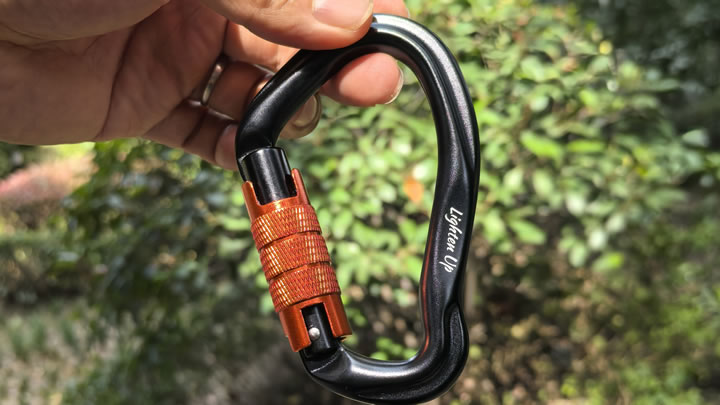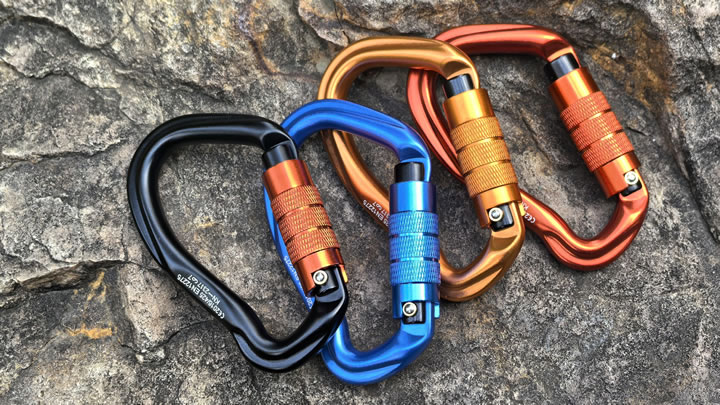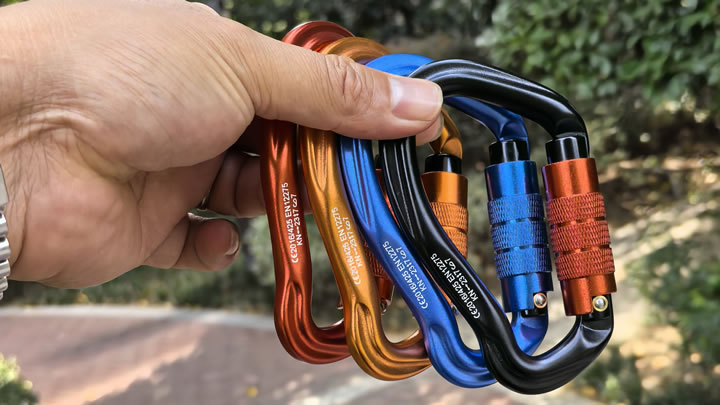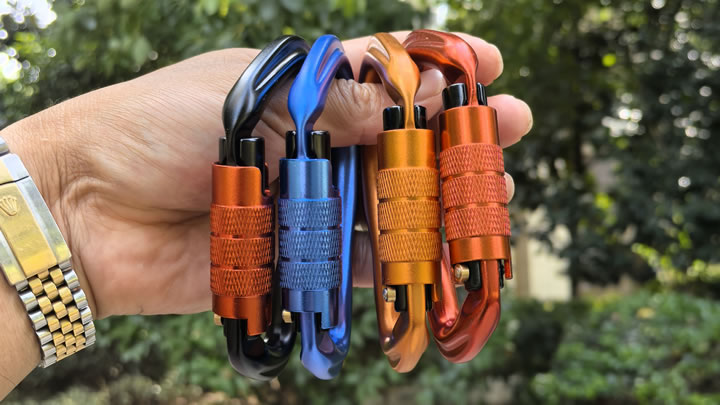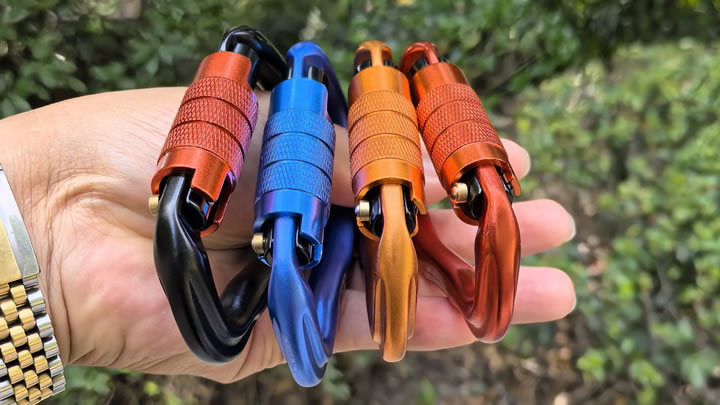Nylon hammock vs. parachute hammock: Key differences
Choosing between a nylon hammock and a parachute hammock can be confusing, as both are popular for outdoor relaxation. While they share similarities, their designs, materials, and purposes cater to distinct needs. This guide breaks down their differences to help you pick the best option for your adventures.
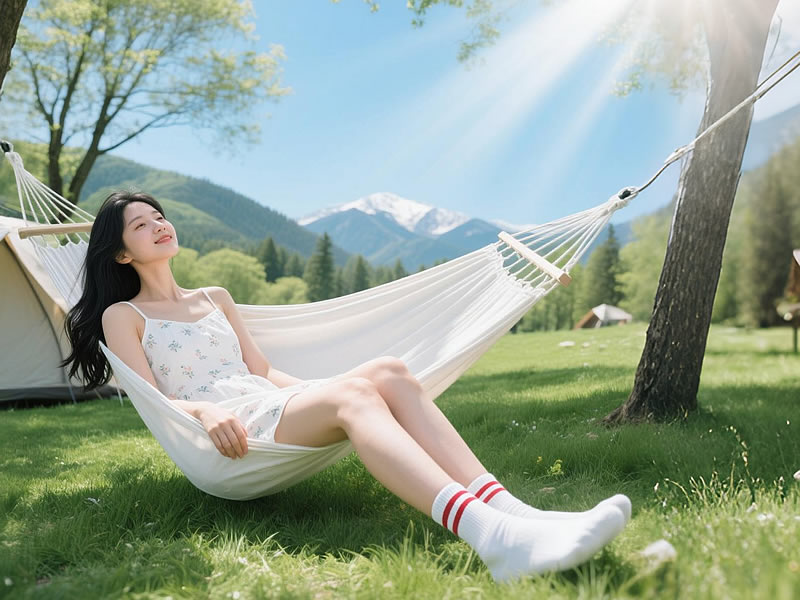
1. Material Composition
- Nylon Hammocks:Made from woven nylon fabric, often thicker (e.g., 70D–100D denier).May include coatings like silicone or polyurethane for water resistance.Prioritizes durability over weight savings.
- Parachute Hammocks:Typically crafted from ultralight ripstop nylon (30D–40D denier), mimicking parachute fabric.Features a grid-like weave to prevent tears from spreading.Focuses on minimalism and packability.
Key Insight: Parachute hammocks are a subset of nylon hammocks but optimized for weight and portability.
2. Weight and Portability
- Nylon Hammocks:Weight: 1.5–3 lbs (700–1,400g), depending on size and fabric thickness.Bulkier when packed but more robust for frequent use.
- Parachute Hammocks:Weight: 0.5–1.5 lbs (225–700g), often including carabiners and straps.Compresses to the size of a grapefruit, ideal for backpacking.
Pro Tip: Backpackers favor parachute hammocks for their “ultralight” advantage.
3. Durability and Weather Resistance
- Nylon Hammocks:Thicker fabric resists abrasion, UV damage, and heavy loads (up to 500 lbs).Water-resistant coatings repel light rain but aren’t fully waterproof.Better for long-term backyard or RV use.
- Parachute Hammocks:Ripstop nylon prevents small tears from expanding but is less abrasion-resistant.Lacks heavy-duty coatings—dries quickly but offers minimal weather protection.Best for short trips or fair-weather camping.
User Hack: Pair a parachute hammock with a waterproof tarp for storm protection.
4. Comfort and Design
- Nylon Hammocks:Wider (up to 6 feet) and often double-layered for added comfort.Smoother texture with minimal stretch, providing firm support.Available in vibrant colors and patterns for aesthetic appeal.
- Parachute Hammocks:Narrower (4–5 feet) and single-layered, prioritizing weight savings.Lightweight fabric molds closely to the body, ideal for warm climates.Limited color options (often neutral tones like olive or gray).
Note: Side sleepers may find nylon hammocks more accommodating.
5. Price and Value
- Nylon Hammocks:30–30–80 for standard models; higher-end versions with UV coatings cost up to $150.Better investment for frequent or family use.
- Parachute Hammocks:20–20–50 for most brands; premium backpacking kits (with straps) reach $100.Budget-friendly for solo adventurers but may need replacement sooner.
6. Ideal Use Cases
- Choose a Nylon Hammock If:You want a durable, all-season option for your backyard, cabin, or RV.You prioritize comfort for lounging, reading, or napping.You need a hammock that withstands pets, kids, or heavy use.
- Choose a Parachute Hammock If:You’re a backpacker, bikepacker, or thru-hiker needing ultralight gear.You camp in mild weather and value packability over luxury.You’re a minimalist traveler with limited storage space.
7. Maintenance and Longevity
- Nylon Hammocks:Clean with mild soap and water; avoid machine washing.Store in a dry, shaded area to prevent UV degradation.Lasts 5–10 years with proper care.
- Parachute Hammocks:Rinse after exposure to saltwater or dirt.Avoid sharp branches or rough surfaces to prevent snags.Lifespan: 3–5 years with moderate use.
Final Verdict
Nylon hammocks excel in durability and comfort for home or casual outdoor use, while parachute hammocks dominate in portability and weight savings for adventurers. Your choice depends on priorities:
- Opt for nylon if you want a versatile, long-lasting hammock for relaxation.
- Pick parachute if you need a featherlight, packable solution for the trail.
Both offer unique benefits—owning one of each lets you tackle any scenario in style!

